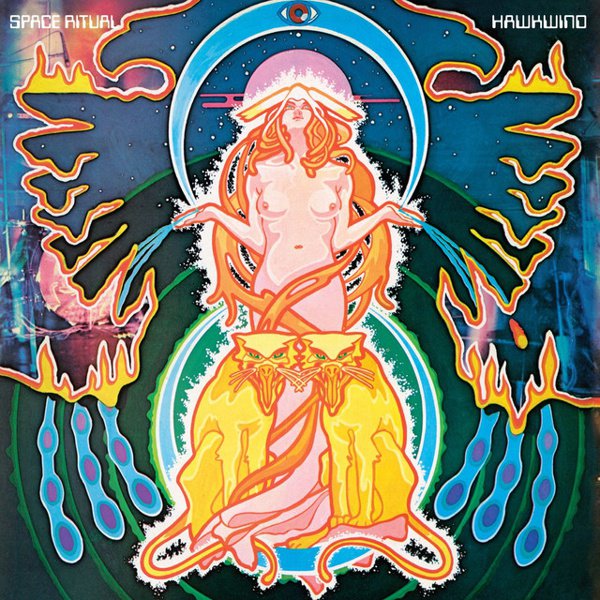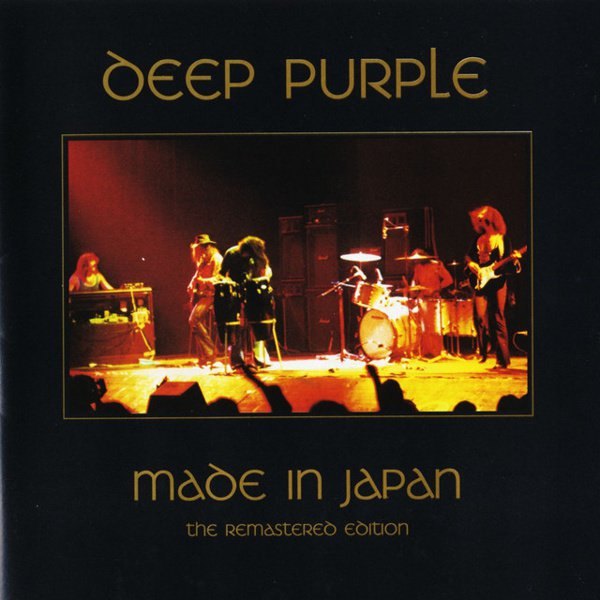Music originated as a live experience. Early man didn’t exactly have multitrack recorders in their caves, after all. No matter how much impressive studio polish you put on a song, nothing compares to witnessing it performed in front of you with an excited crowd – the lack of live performances (and proliferation of live streams) at the height of the pandemic only reinforced that. While it’s impossible to totally capture the thrill in a recording, live albums can make for satisfying substitutes. No decade proved that more than the 1970s.
Live releases became ubiquitous in the 1970s like never before. Previous decades had their share of great live records (especially in the blues and jazz), but it wasn’t until the mid/late 1960s that portable recording technology reached a level of sophistication that made faithful reproductions of incredibly loud concerts performed in wide open spaces possible. Just compare the flat, tinny sound of The Rolling Stones’ 1966 Got LIVE If You Want It! to the rich, full sonic spectrum of the classic Get Your Ya-yas Out! a mere four years later. It’s night and day.
Of course, once labels realized that they could easily crank out cheap product to keep the cash flowing between studio albums, it led to a glut of the things. Critics like Robert Christgau and Greil Marcus even bitched about it at the time. In hindsight, however, live albums gave classic bands the chance to capture some of their most magical moments. Back then, acts knocked out a studio album or two a year – hence the dependence on cover songs on a lot of early releases. Between albums, they toured. On those tours, they got to play around with the arrangements and tempos, dialing them in based on crowd reaction. That meant that the definitive versions weren’t necessarily the studio takes. Live albums gave fans the opportunity to experience different, often improved versions of their favorite songs. Sometimes with 15-minute guitar solos! Which isn’t to say that these releases were raw and unadulterated. Often, bands would go into the studio and overdub subpar performances or shoddy sound to re-create the live experience without reproducing it exactly.
Or, in Kiss’s case, because they weren’t that great at their instruments.
Live albums even rescued artists whose studio releases couldn’t capture the stage magic. Cheap Trick, KISS, Peter Frampton, Bob Seger, and the Allman Brothers all broke through thanks to live releases. In the case of Frampton and Foghat, they even became their best-selling albums. Whether it’s because the crowd response helped boost the energy, the arrangements were just better, or potential fans saw it as a chance to get a greatest hits package for a bargain price (labels frequently sold double-LP live albums for the price of one LP), it’s hard to imagine where the careers of some legendary acts would be without these releases. That didn’t happen nearly as much in subsequent decades. That’s what makes the clutch of classic 70s rock live releases documented here so noteworthy.




















